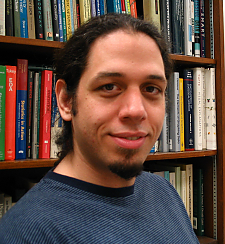Revealing the Invisible: Data-Intensive Research to Optimize STEM Learning (2014 – 17)
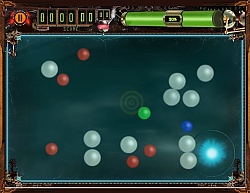 Landmark College, the Massachusetts Institute of Technology (MIT), and Technical Education Research Centers (TERC) were awarded a $1.16 million National Science Foundation (NSF-DIR) grant titled “Revealing the Invisible: Data-Intensive Research Using Cognitive, Psychological, and Physiological Measures to Optimize STEM Learning.”
Landmark College, the Massachusetts Institute of Technology (MIT), and Technical Education Research Centers (TERC) were awarded a $1.16 million National Science Foundation (NSF-DIR) grant titled “Revealing the Invisible: Data-Intensive Research Using Cognitive, Psychological, and Physiological Measures to Optimize STEM Learning.”
Title: “Revealing the Invisible: Data-Intensive Research Using Cognitive, Psychological, and Physiological Measures to Optimize STEM Learning.” 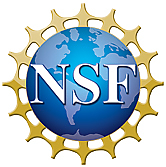
Funder: National Science Foundation
Award Number: 1417456
Total Award Amount: $1.16 million
Landmark College Award Amount: $270,363
Funding Period: 2014 – 2017
PIs: Dr. Ibrahim Dahlstrom-Hakki (Award #1417456), Dr. Micah Altman of MIT (Award #1418122), Dr. Jodi Asbell-Clarke of TERC (Award #1417967)
Co-PI Dr. Elizabeth Rowe of TERC
Research Associate: Dr. Zachary Alstad
Project Summary
Dr. Ibrahim Dahlstrom-Hakki, a research and education specialist with the Landmark College Institute for Research and Training (LCIRT), will lead this two-and-a-half-year research initiative as the principal investigator from Landmark College, together with Dr. Micah Altman of MIT and Dr. Jodi Asbell-Clarke of TERC. This research project will study ways to measure how and when students learn basic physics concepts while playing an educational digital game called Impulse. The research will include students with and without ADHD and/or autism spectrum disorder (ASD). Patterns of play and eye-tracking data will be used to assess what students know and when they know it, and to allow the game to adapt in real time to improve student learning.
“This project is important because it can help us understand how best to teach those students who struggle the most in mainstream learning environments,” said Dahlstrom-Hakki. “If we can develop more effective ways of helping them learn, then we will improve outcomes for all struggling students.”
Dr. Dahlstrom-Hakki is an expert in eye tracking analysis methodologies and together with Dr. Zachary Alstad will work with participants at Landmark College. Dr. Micah Altman of MIT is an accomplished computer scientist and expert of big data analysis which will be necessary for exploring the vast amount of data this study will produce. Furthermore, Dr. Jodi Asbell-Clarke and Dr. Elizabeth Rowe of TERC have extensive experience in development of educational games and analysis of complex player behavior. The combination of these strengths allows this team to address the unique challenges presented by this problem space.
You can find out more about the educational game Impulse on the game maker’s website.
Findings
Year 1: Findings for the first year have indicated several insights into the complexity of performing research of this nature. This research team continues to collaborate to create new tools for understanding how people learn while using educational software. In the future, there is the possibility of including even more advanced measures, including analysis of electrodermal response, EEG information, temperature and heart rate activity as students use these tools.
Project Team
Dr. Ibrahim Dahlstrom-Hakki of Landmark College
Dr. Micah Altman of MIT
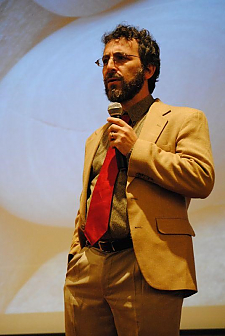
Dr. Jodi Asbell-Clarke of TERC
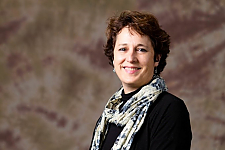
Dr. Elizabeth Rowe of TERC
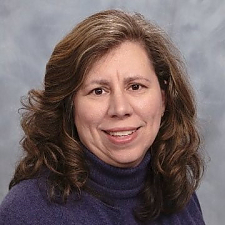
Dr. Zachary Alstad
_200_300shar-80.jpg)
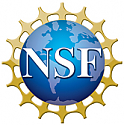
This material is based upon work supported by the National Science Foundation under Grant No. 1417456.
Any opinions, findings, and conclusions or recommendations expressed in this material are those of the author(s) and do not necessarily reflect the views of the National Science Foundation.
